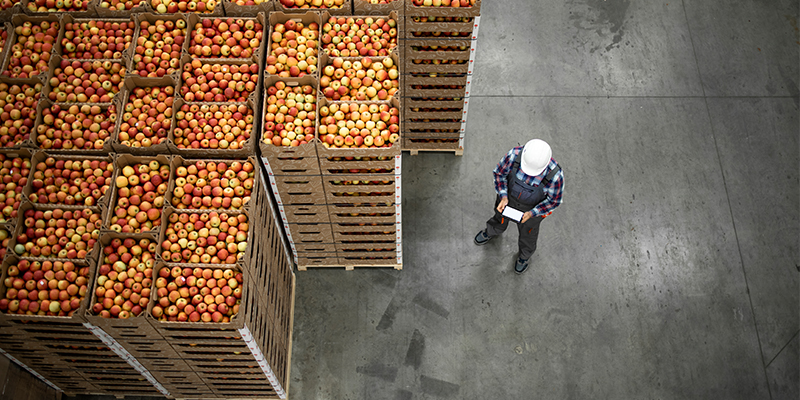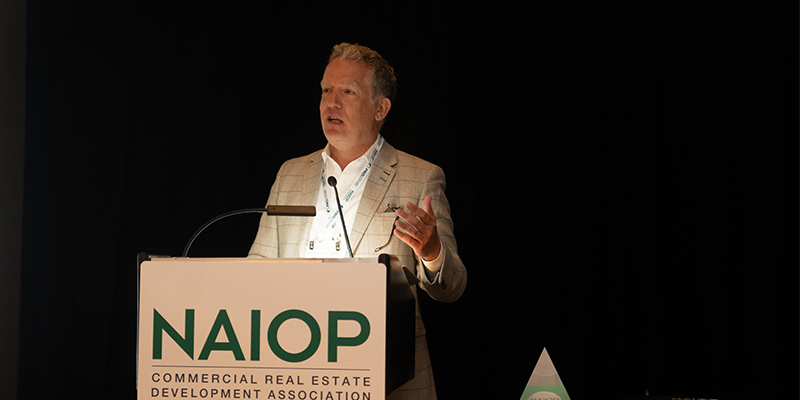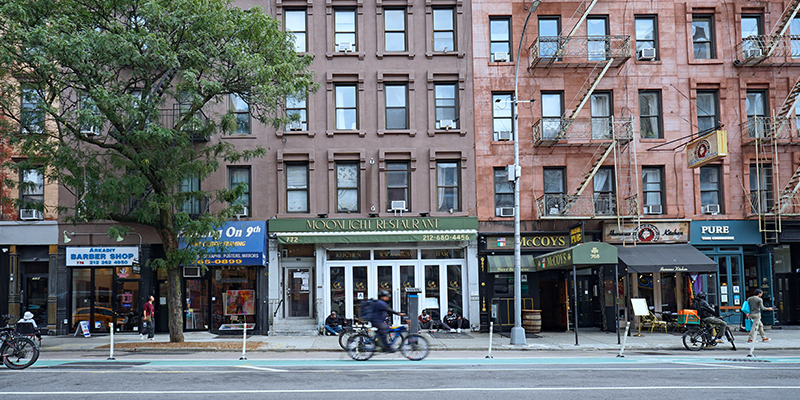The need for cold storage facilities has exploded as e-commerce sales and grocery delivery demands multiplied during the last few years. Most cold storage facilities primarily handle food preparation or transit as products move toward consumers, but they can also be used for pharmaceutical, floral and chemical needs, among others, and frequently require varying temperature zones all under one roof.
Last year, NAIOP published “Best Practices in Cold Storage Facility Development,” an e-book authored by industry experts from Ware Malcomb, FCL Builders and Cold Summit Development. The book offers pre-development considerations, along with detailed speculative and build-to-suit design and construction approaches. The topic has also been widely discussed at NAIOP conferences and in Development magazine, as well as in a new video.
Here are a few key takeaways on what matters right now in cold storage:
Demand is hot. With the cold storage vacancy rate around 4%, over 100 million square feet of cold storage space will be built in the U.S. in the next five years, according to panelists at a NAIOP CRE.Converge 2021 session. There are around 70 speculative cold storage buildings in development across the U.S.; of those, 10 are funded and ready for construction to begin.
Opportunities abound. As 78% of cold storage facilities in the U.S. are over 20 years old, the market promises to remain active for the foreseeable future. An I.CON East 2021 panel said that the most active markets for speculative cold storage development are Dallas-Ft. Worth, Houston, Phoenix, and Reno, Nevada, primarily driven by population, availability of land, and access to ports and transportation networks.
Rents are rising. Rent escalations in second generational spaces – older, existing assets – have doubled in some mid-markets from $6 to $12; in new buildings, rents average around $22 per square foot.
Automation is key. Working conditions in a cold freezer can make it challenging to attract and retain labor, I.CON West 2021 panelists said, and companies perfecting robotics that can do everything from fulfilling fabric samples in dry warehouses, to picking the ripest tomatoes and perfect oranges in cold. Integration of automation may prove simpler at the design and construction phases, as retrofitting older facilities is more difficult because of lower ceiling heights and less sophisticated power systems.
Design matters. Cameron Trefry, RA, LEED AP, principal with Ware Malcomb, highlights some of the intricacies of designing tomorrow’s cold storage facilities, including higher ceilings, rooftop refrigeration units, specialty rooms at various temperatures and more, in this video.
Watch: NAIOP Insights: Designing Tomorrow’s Cold Storage Facilities








